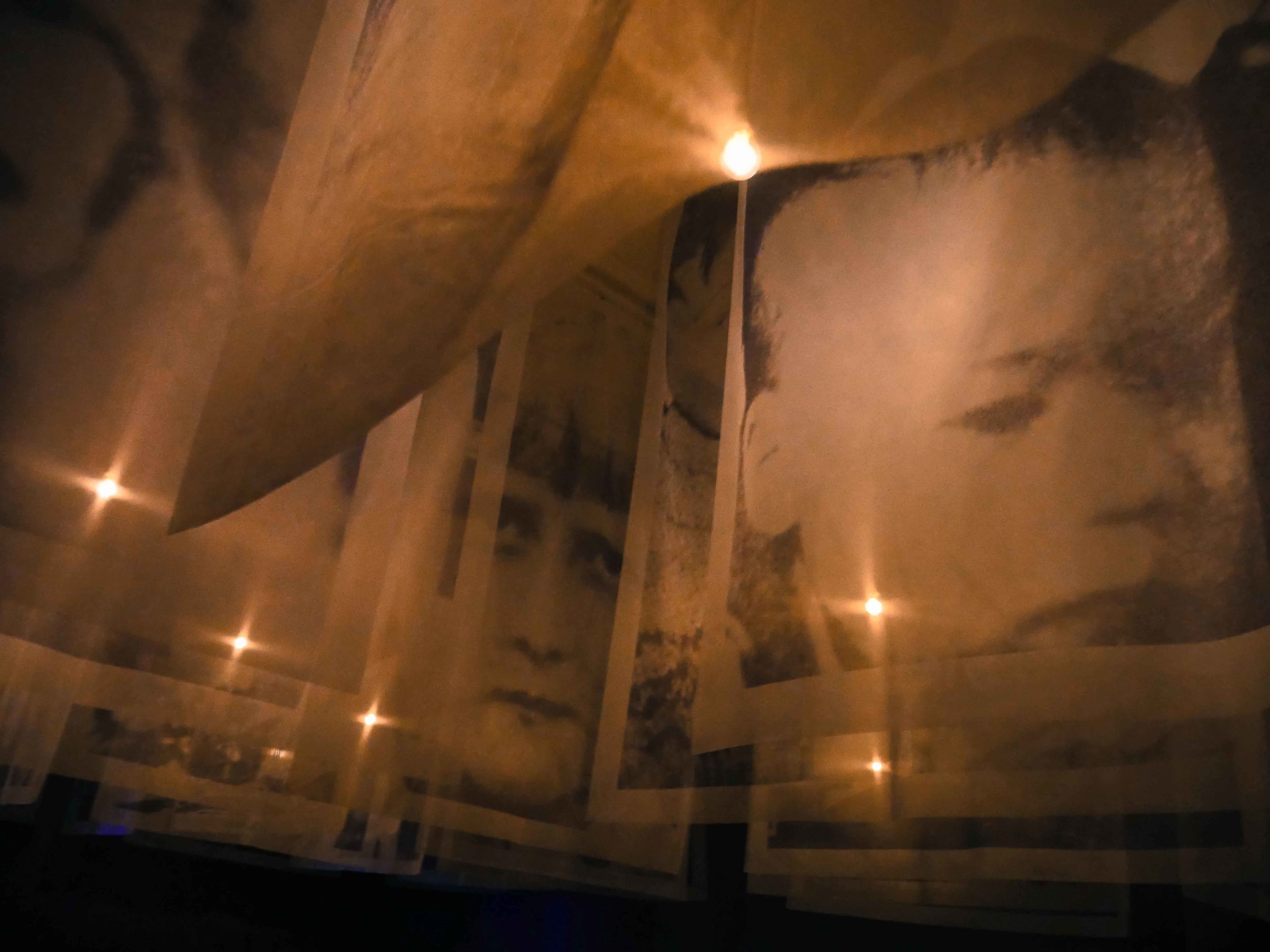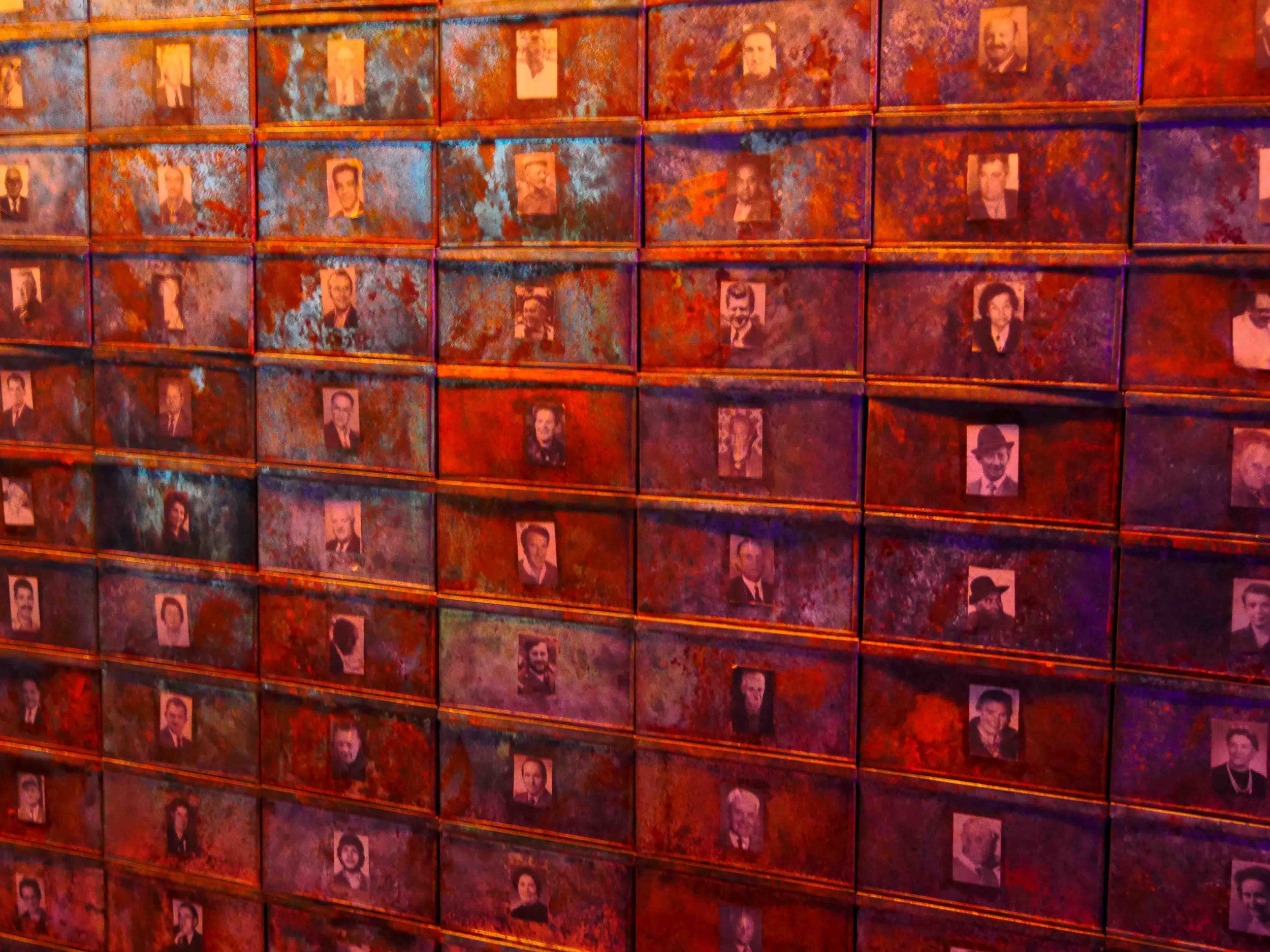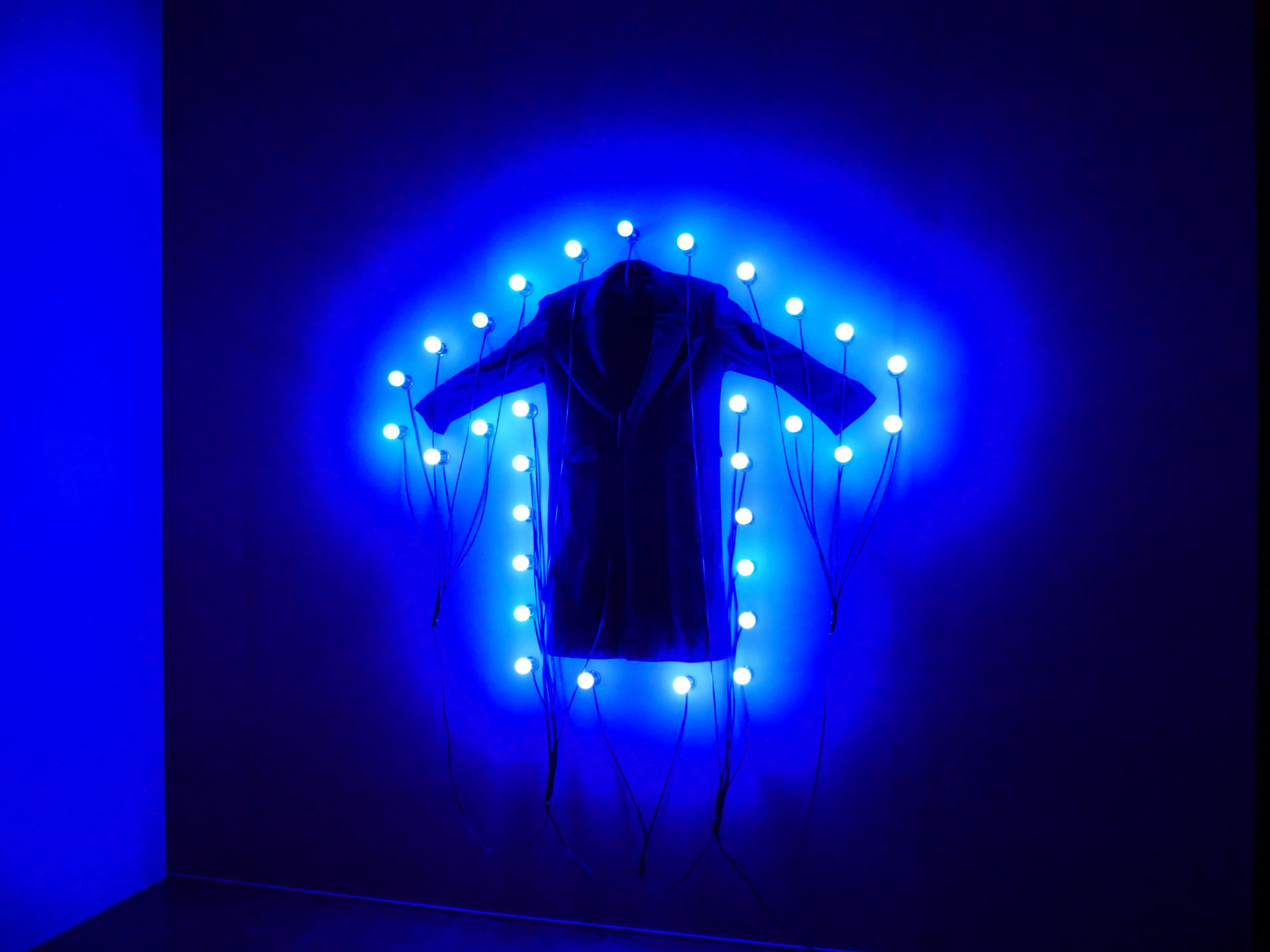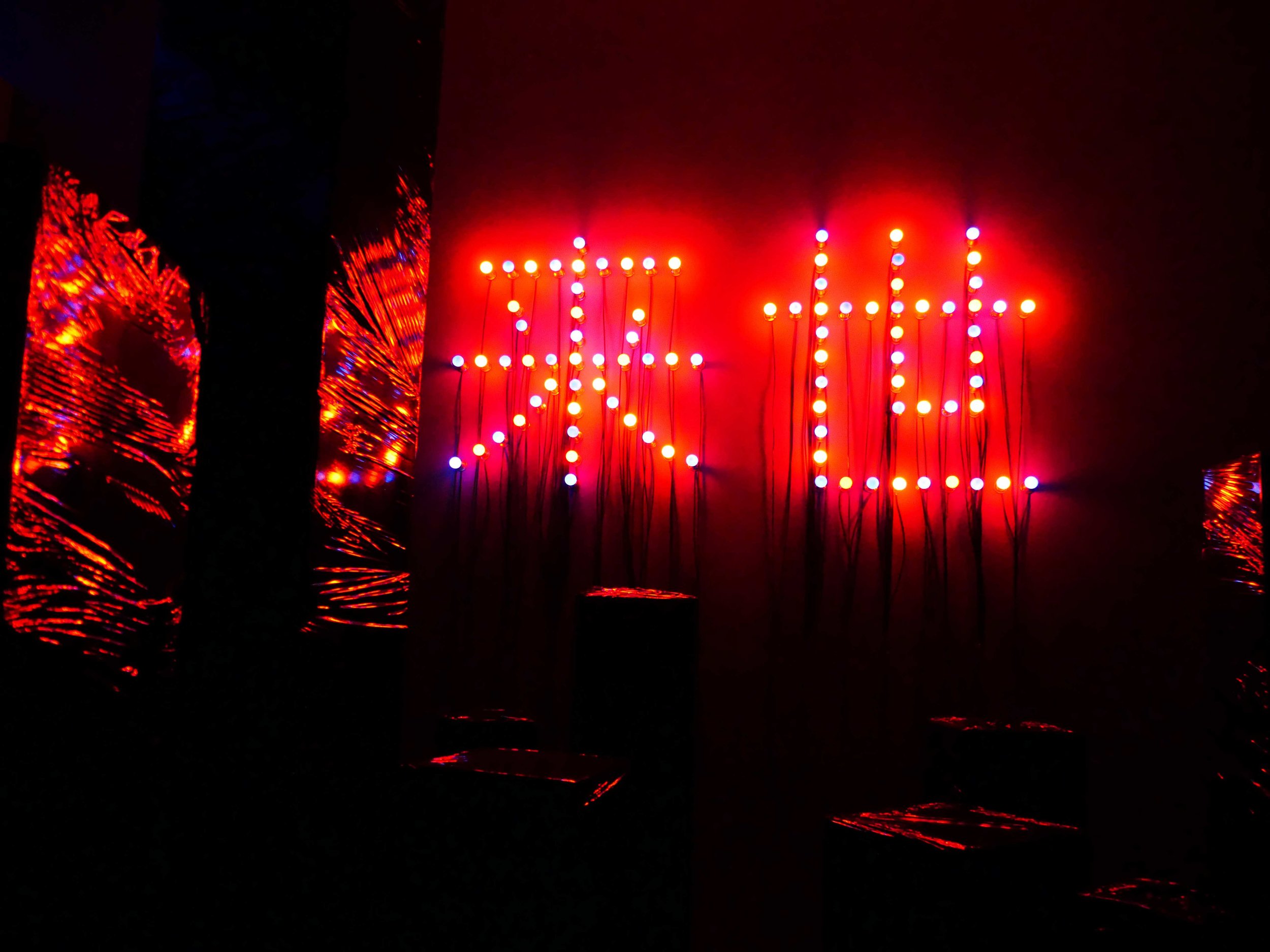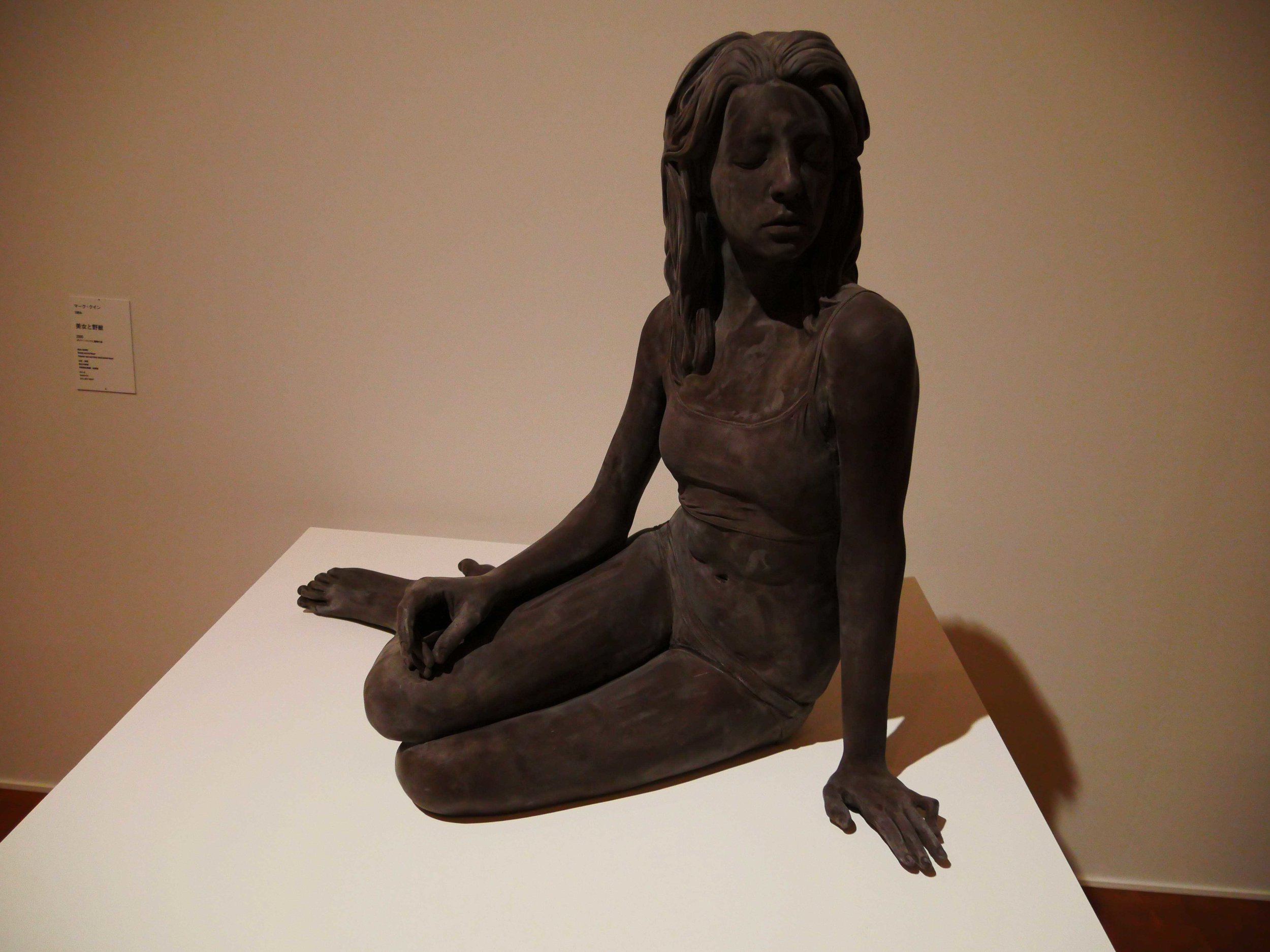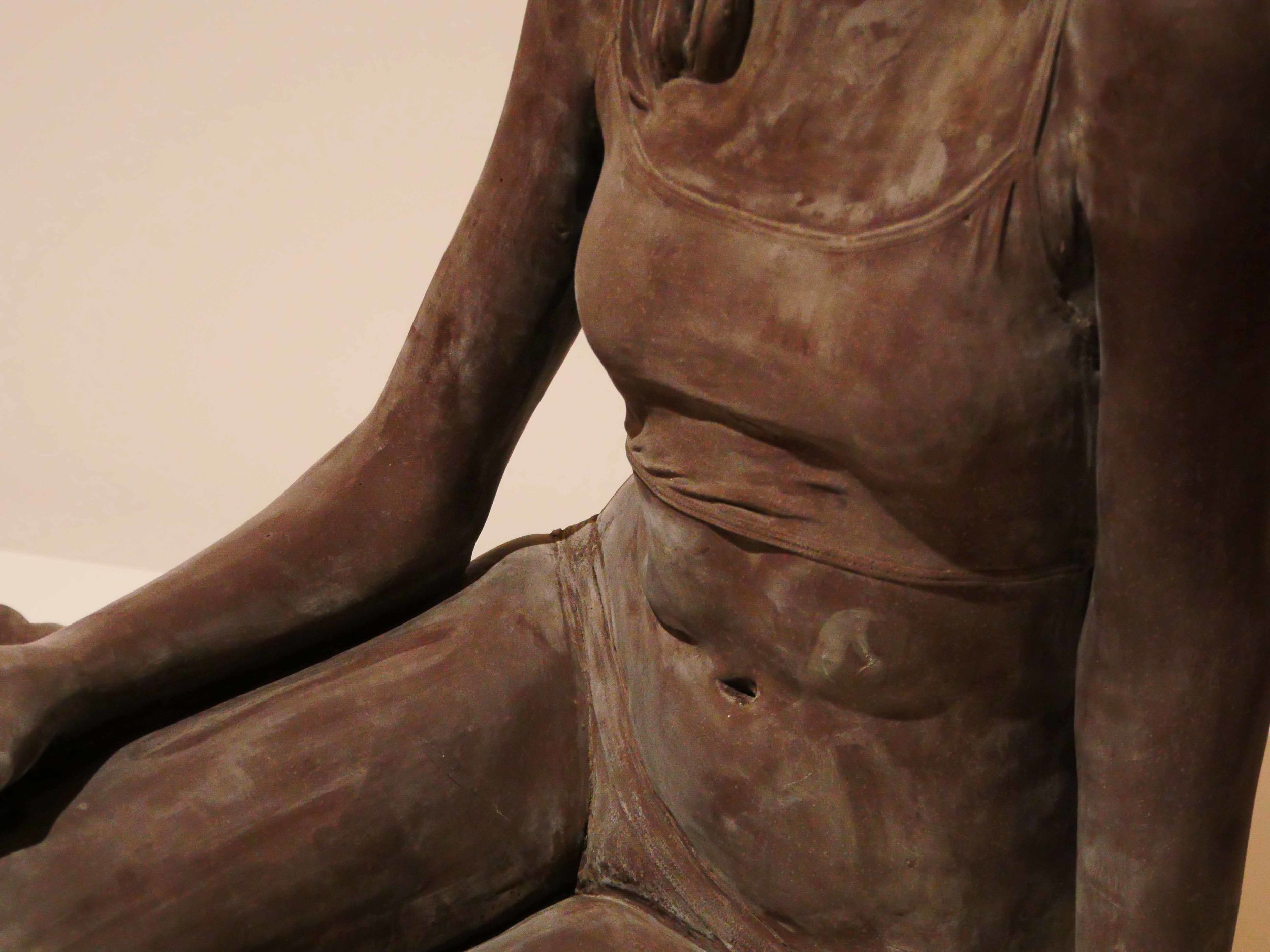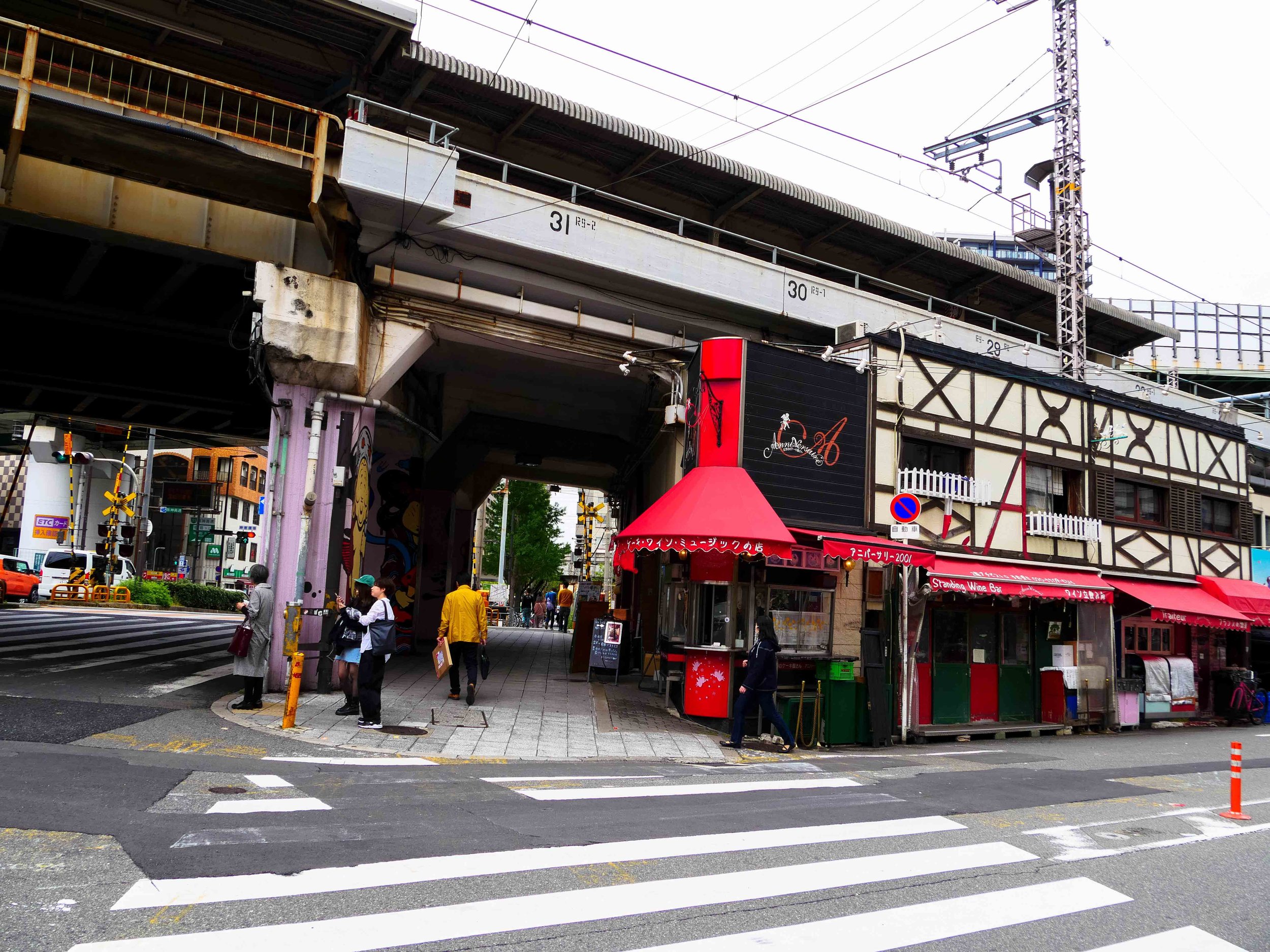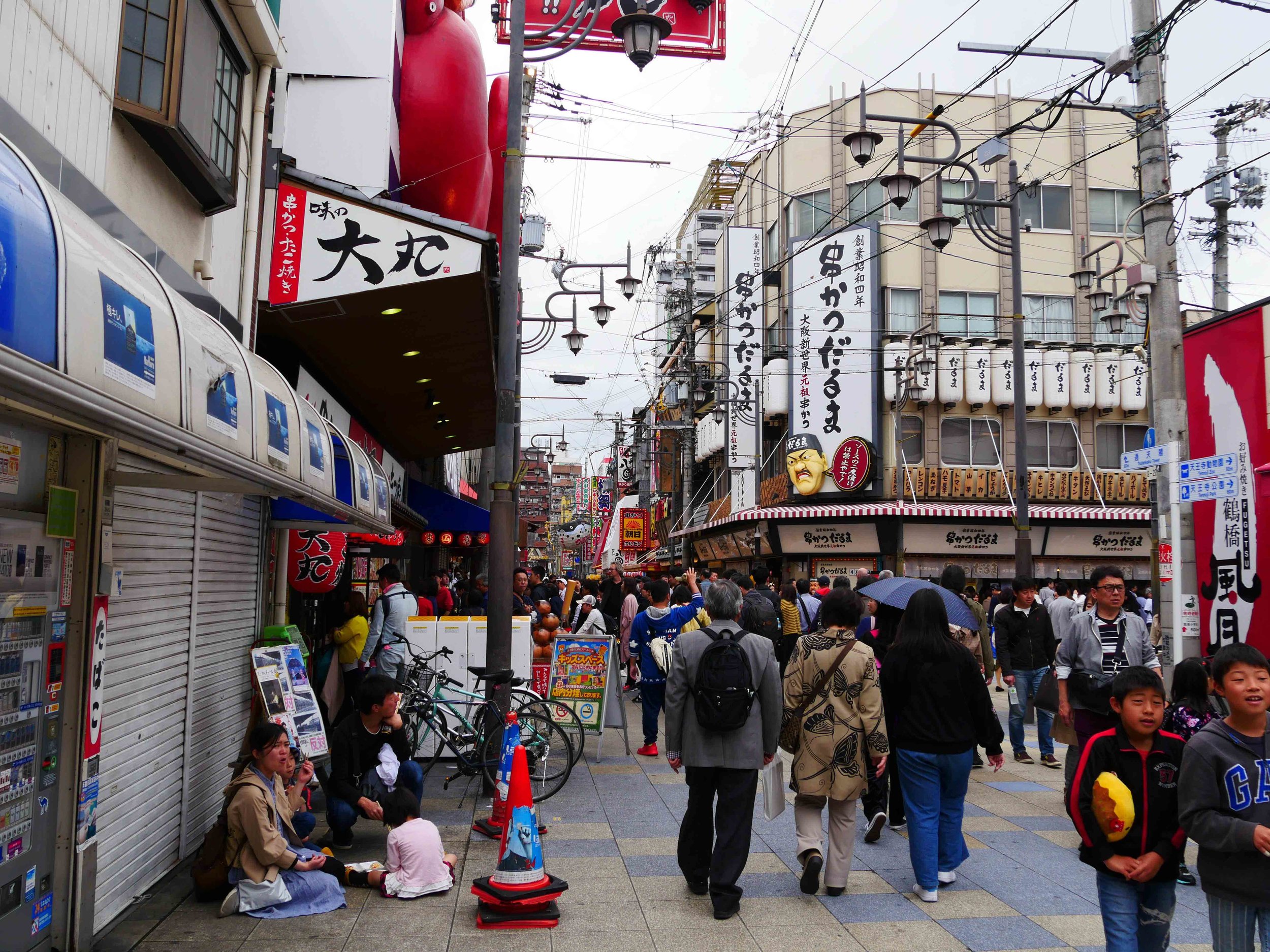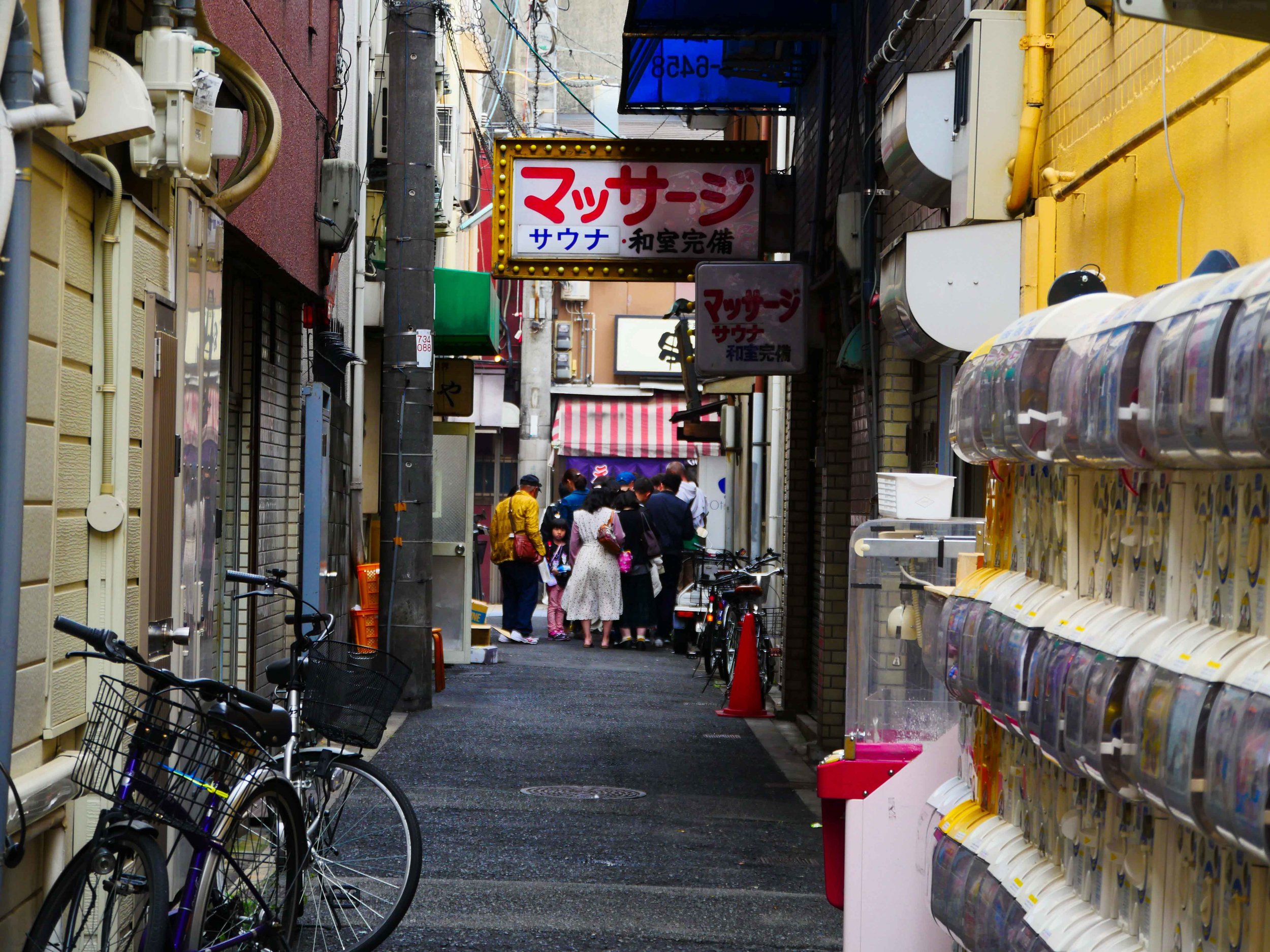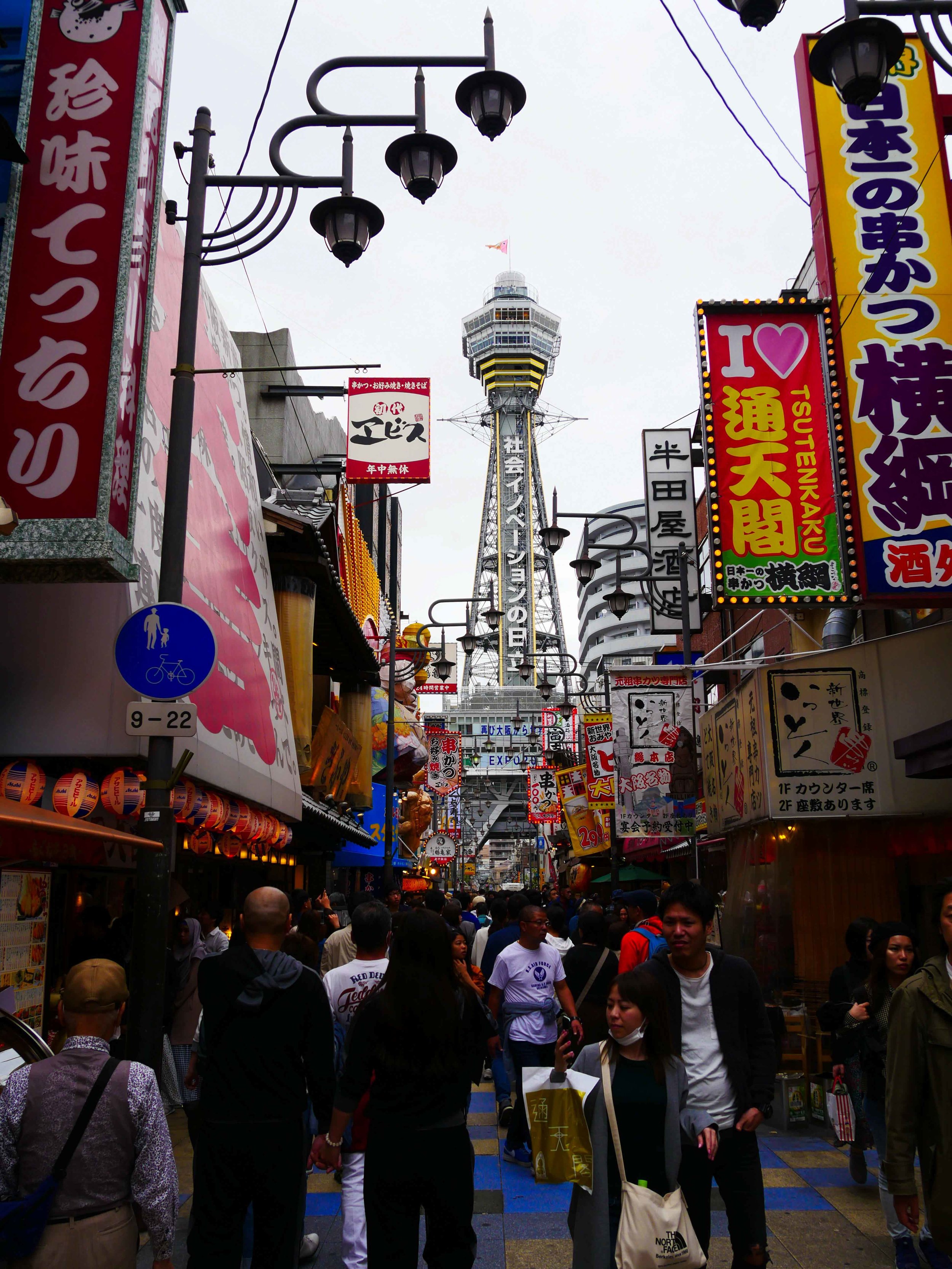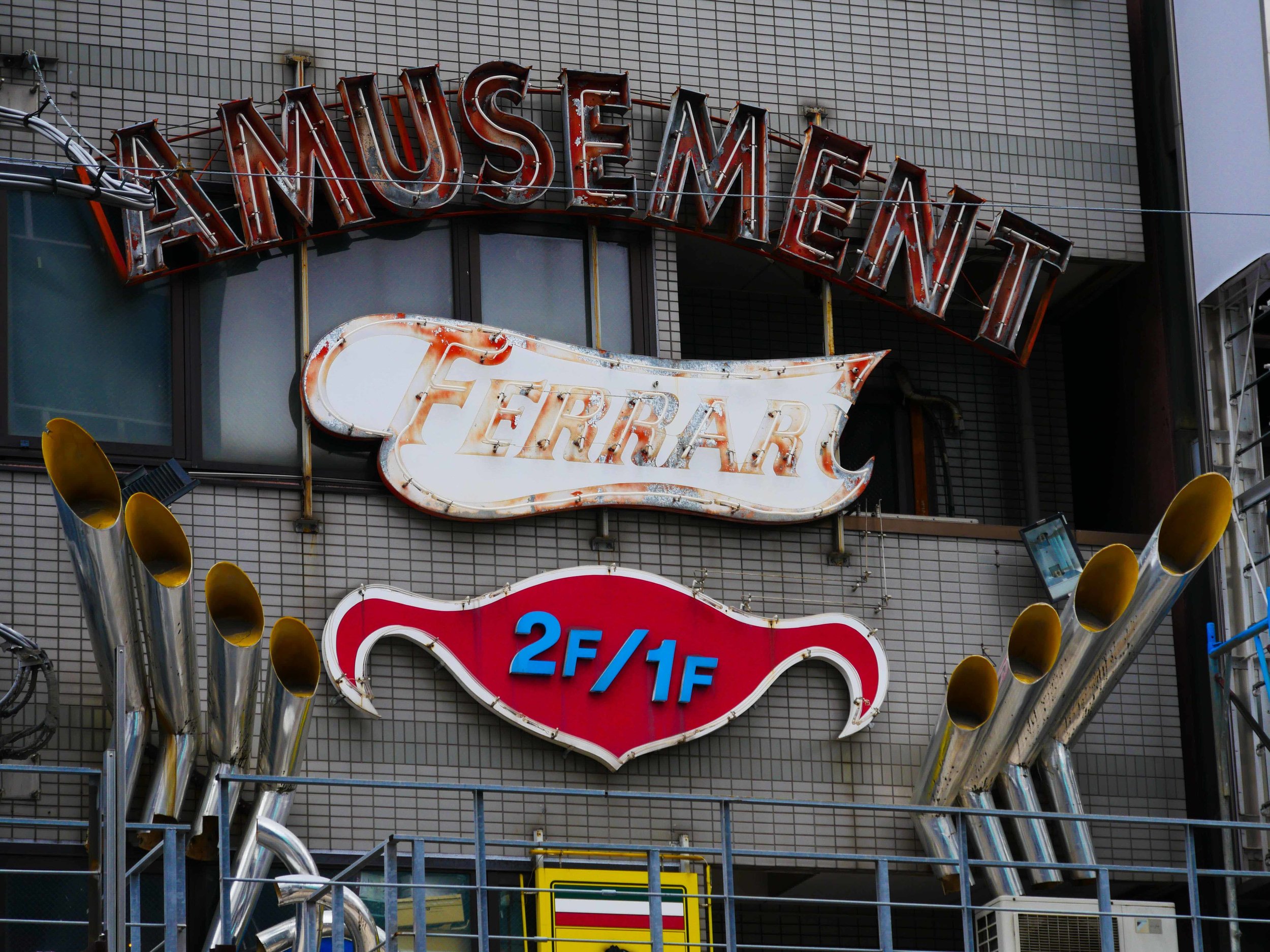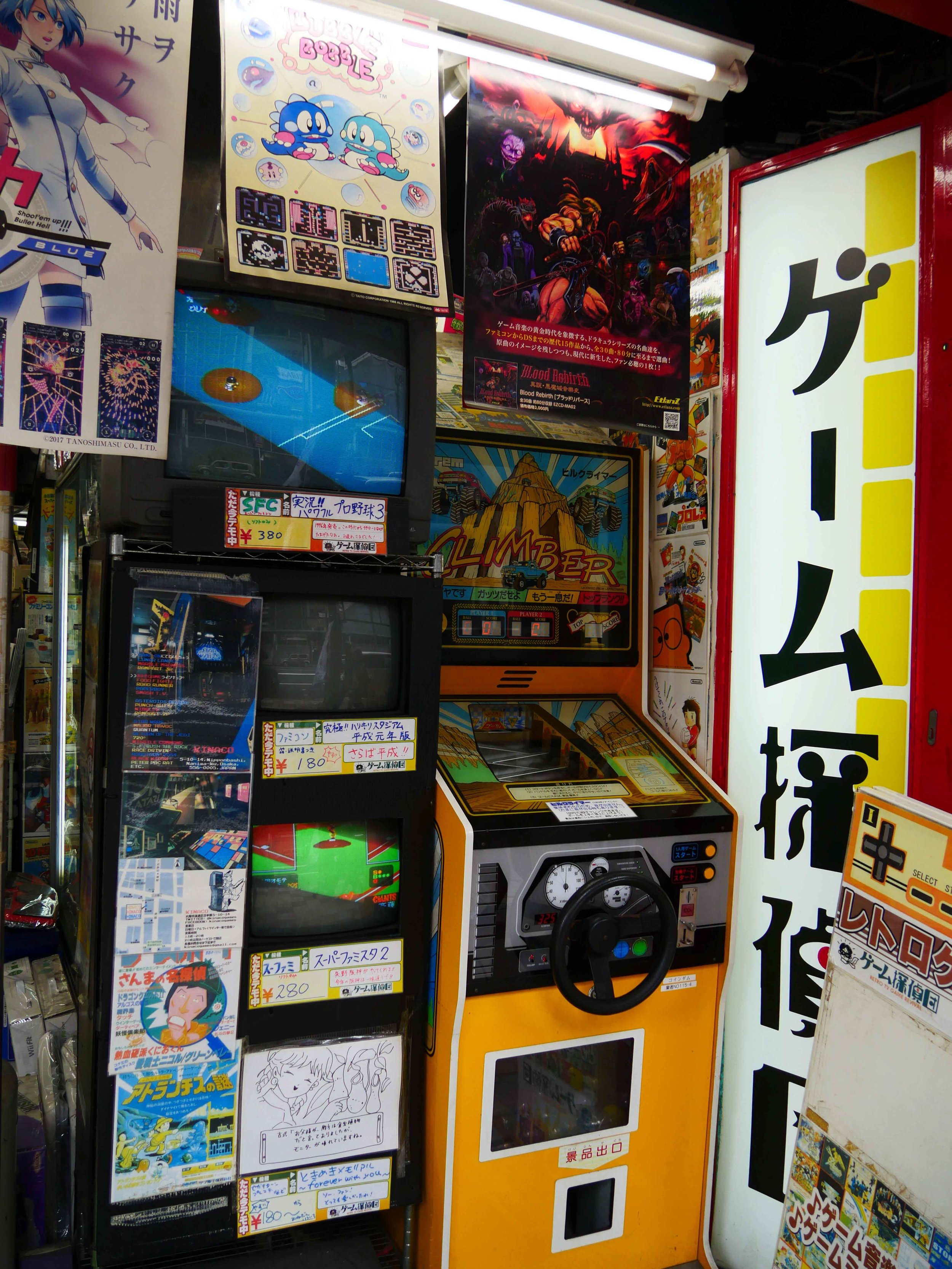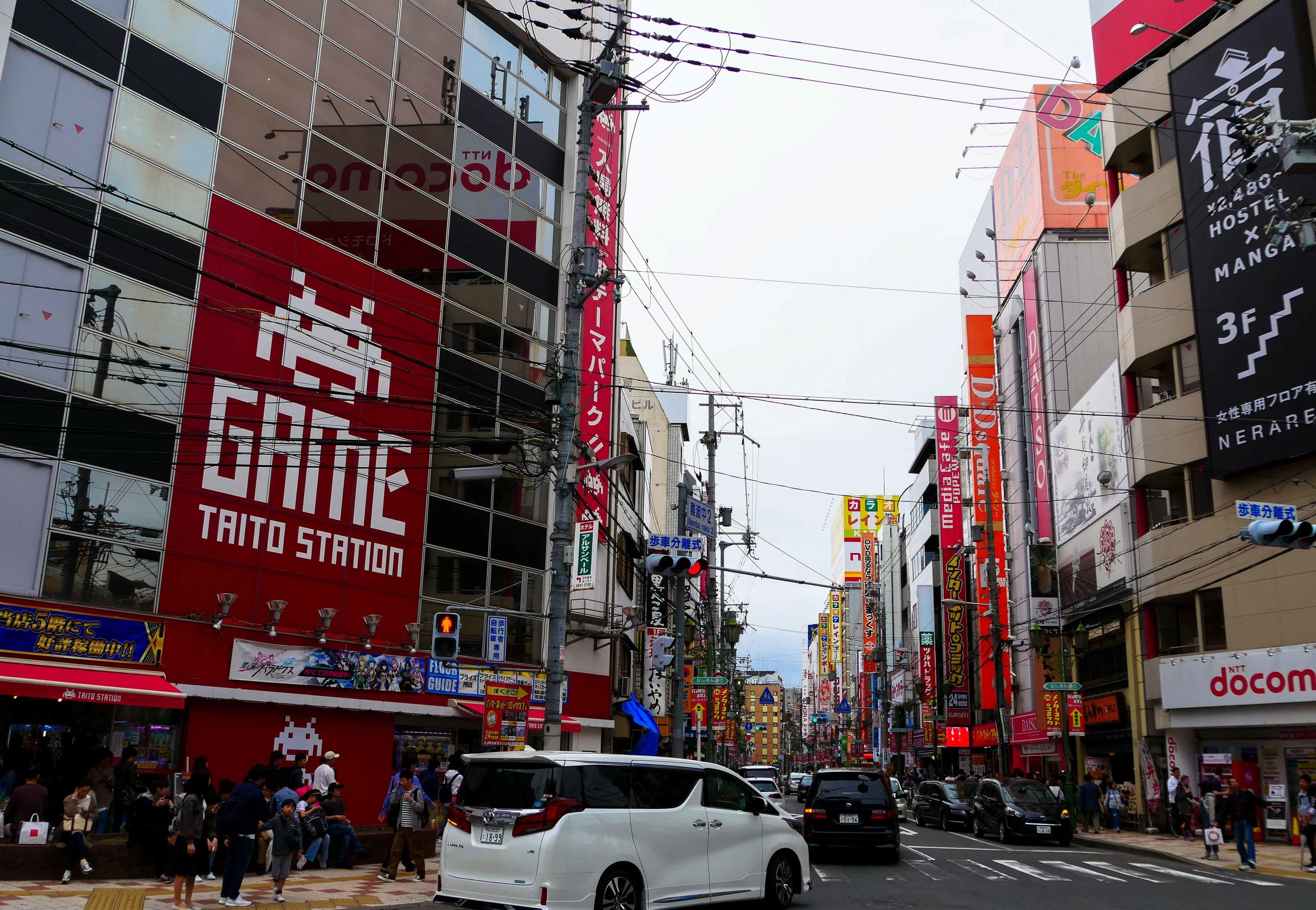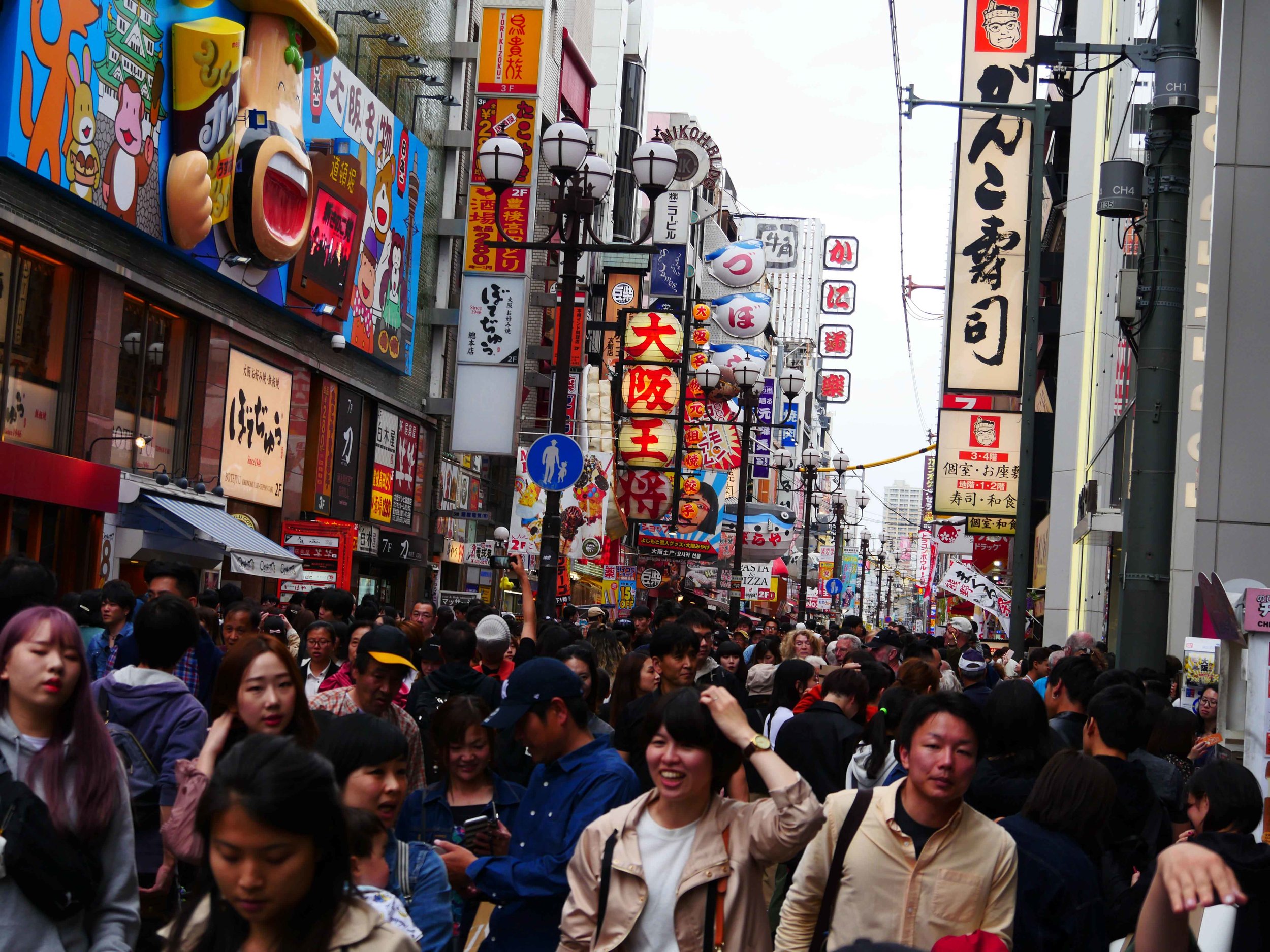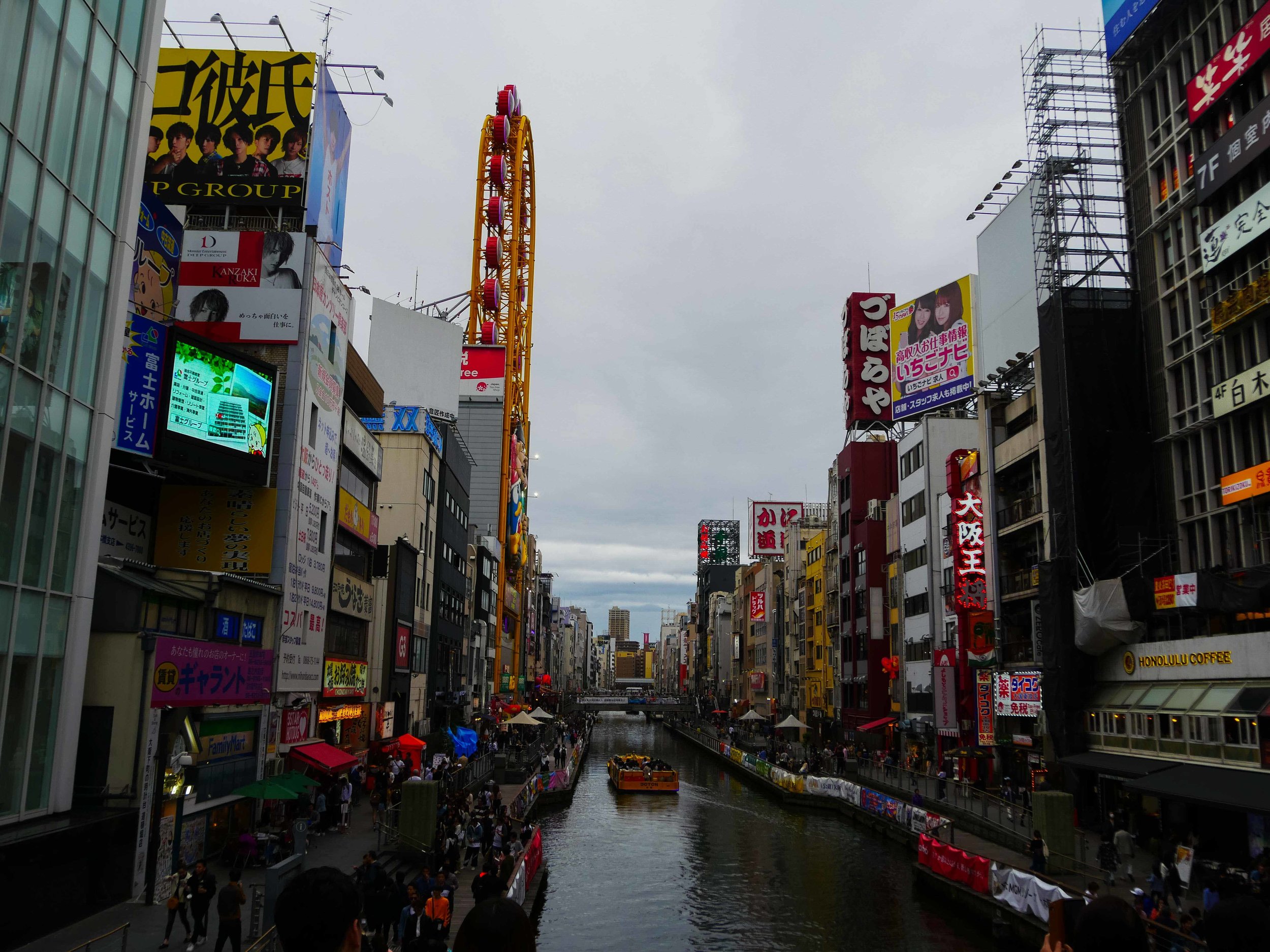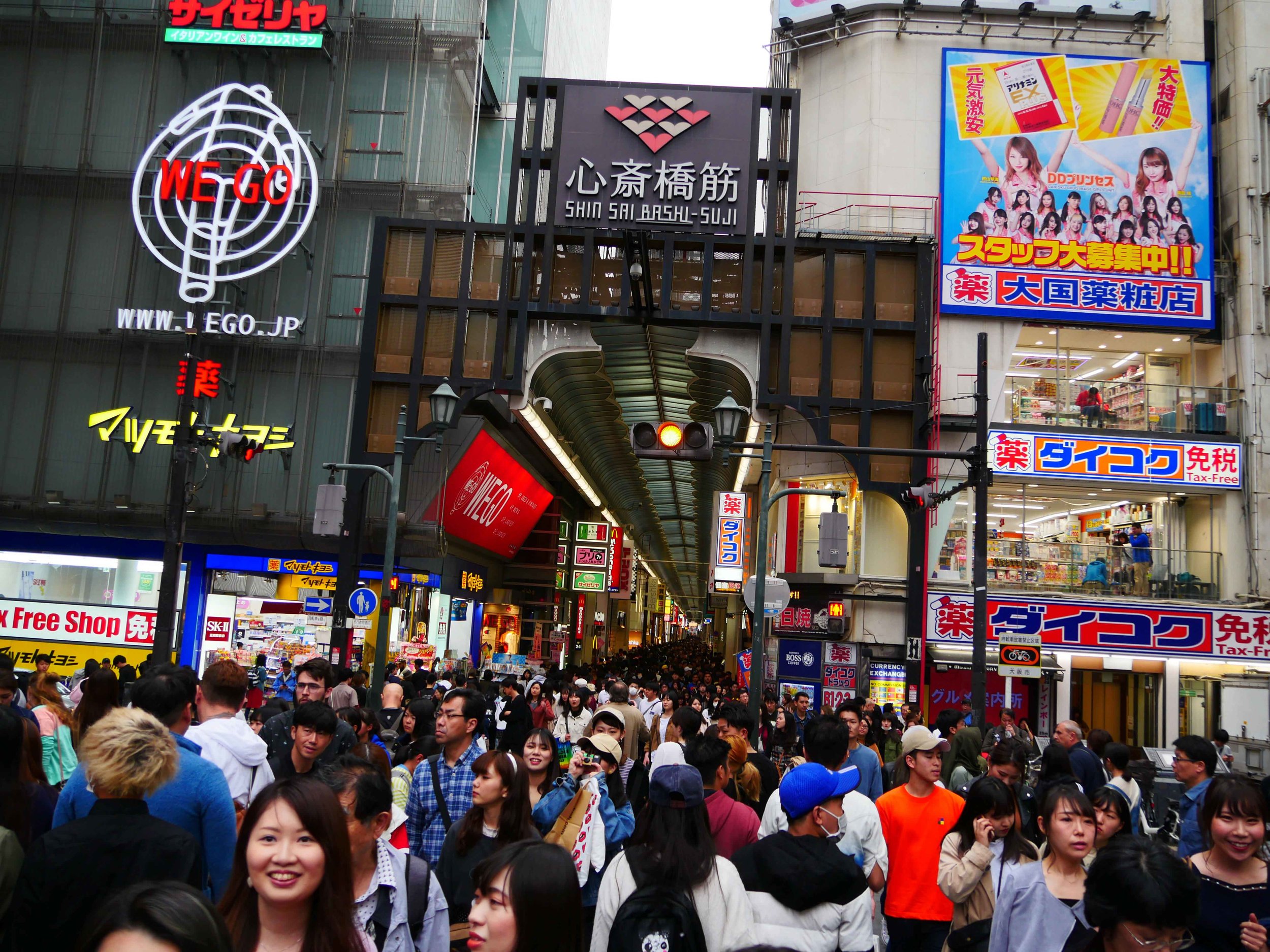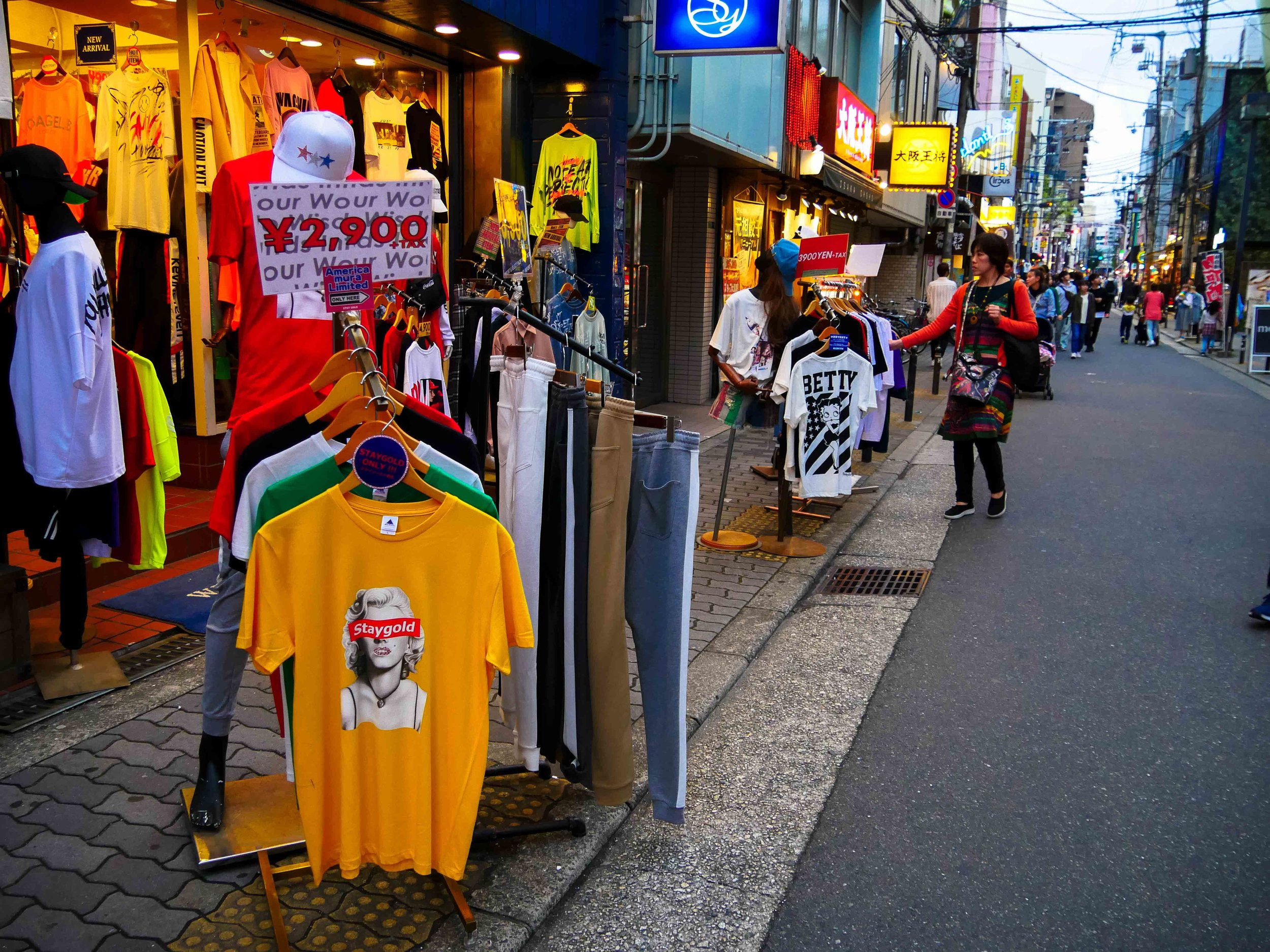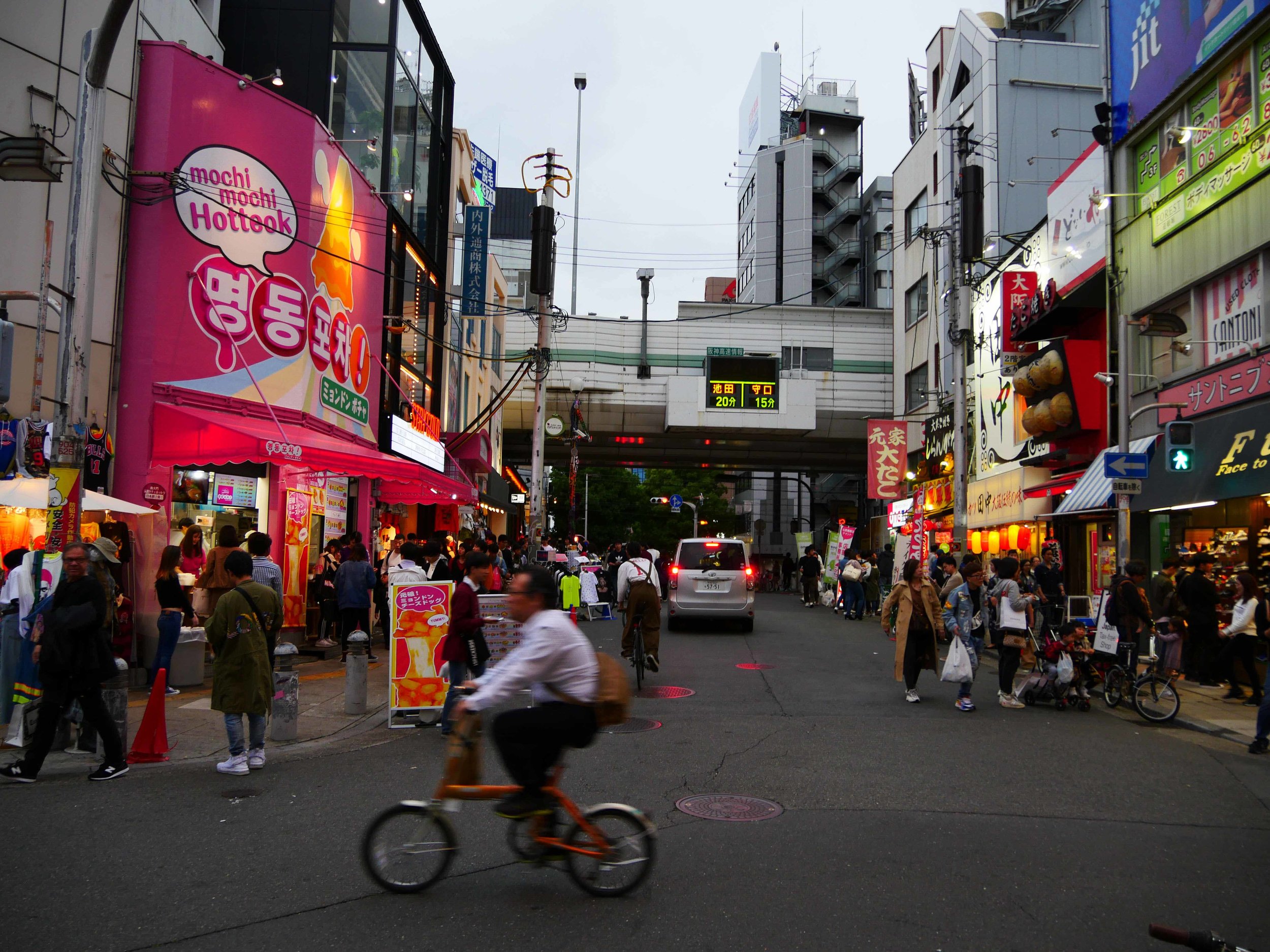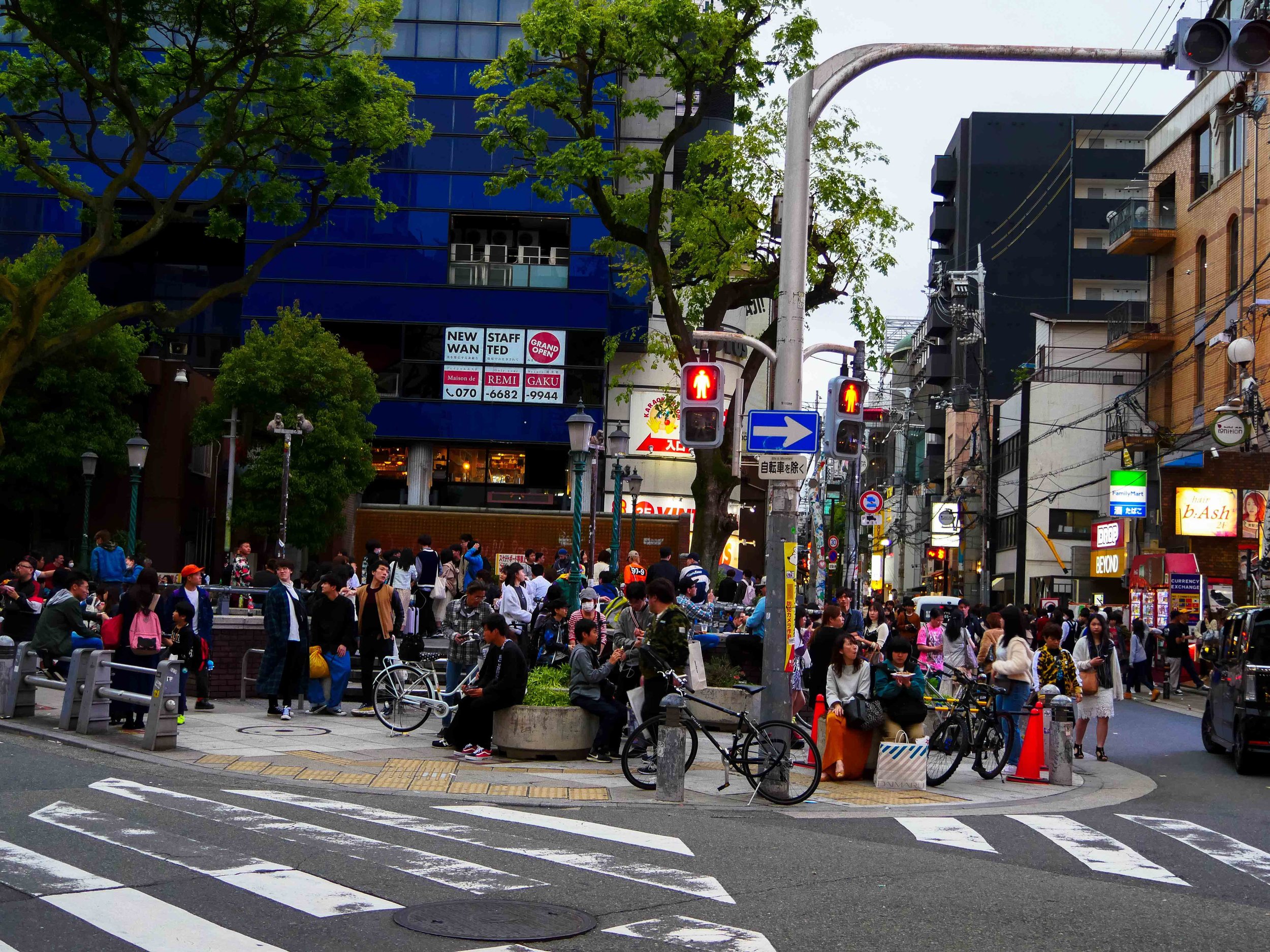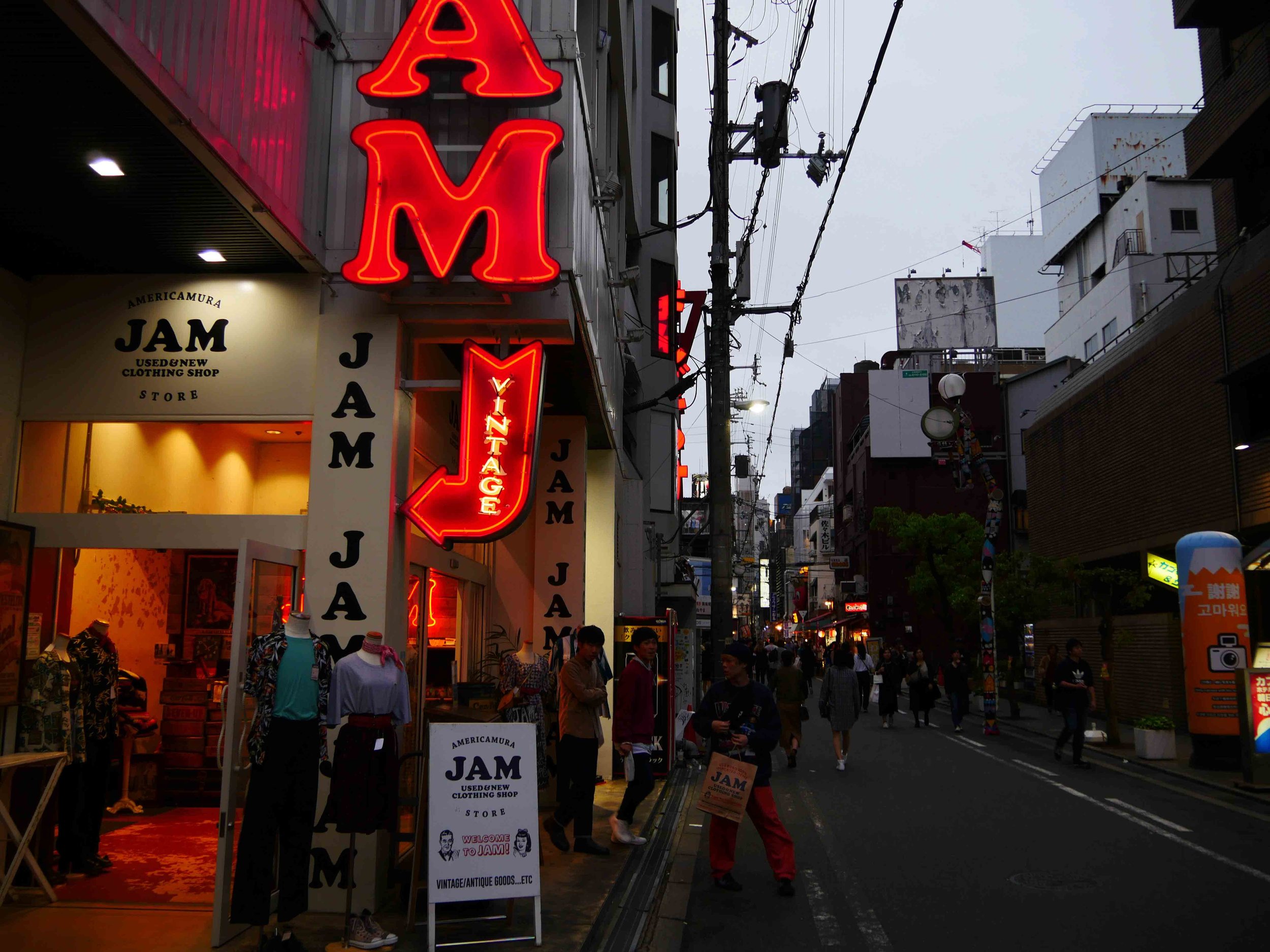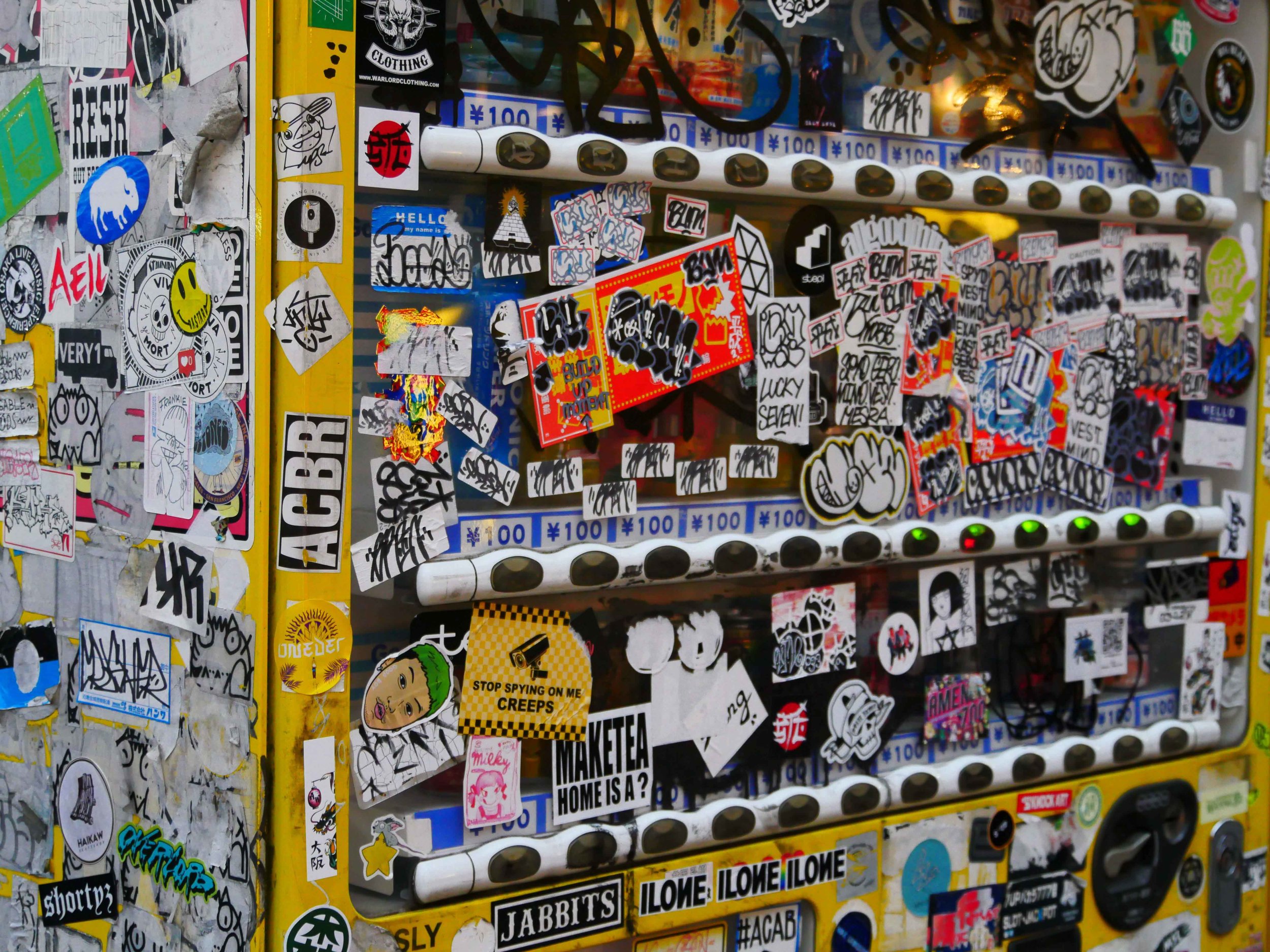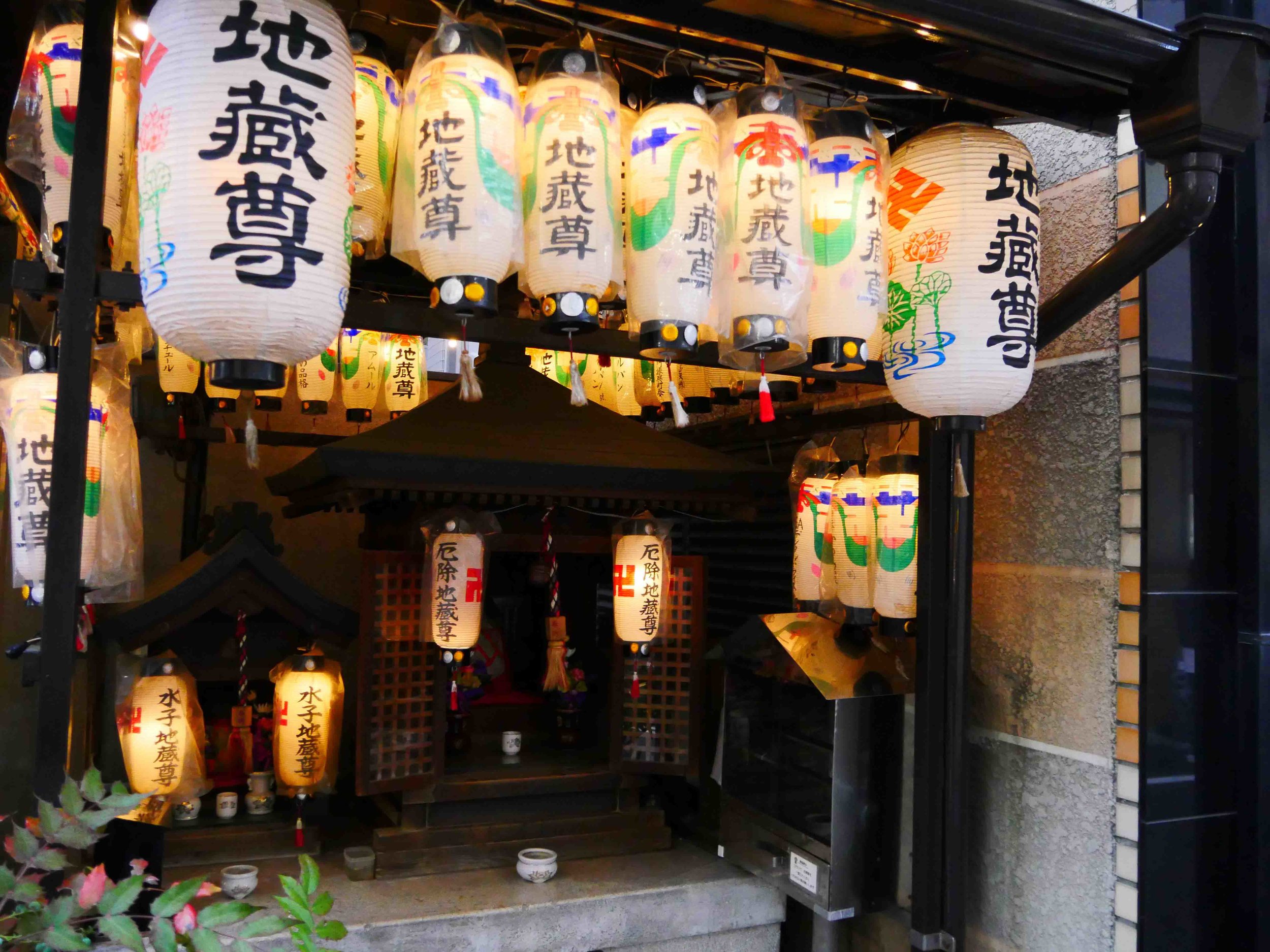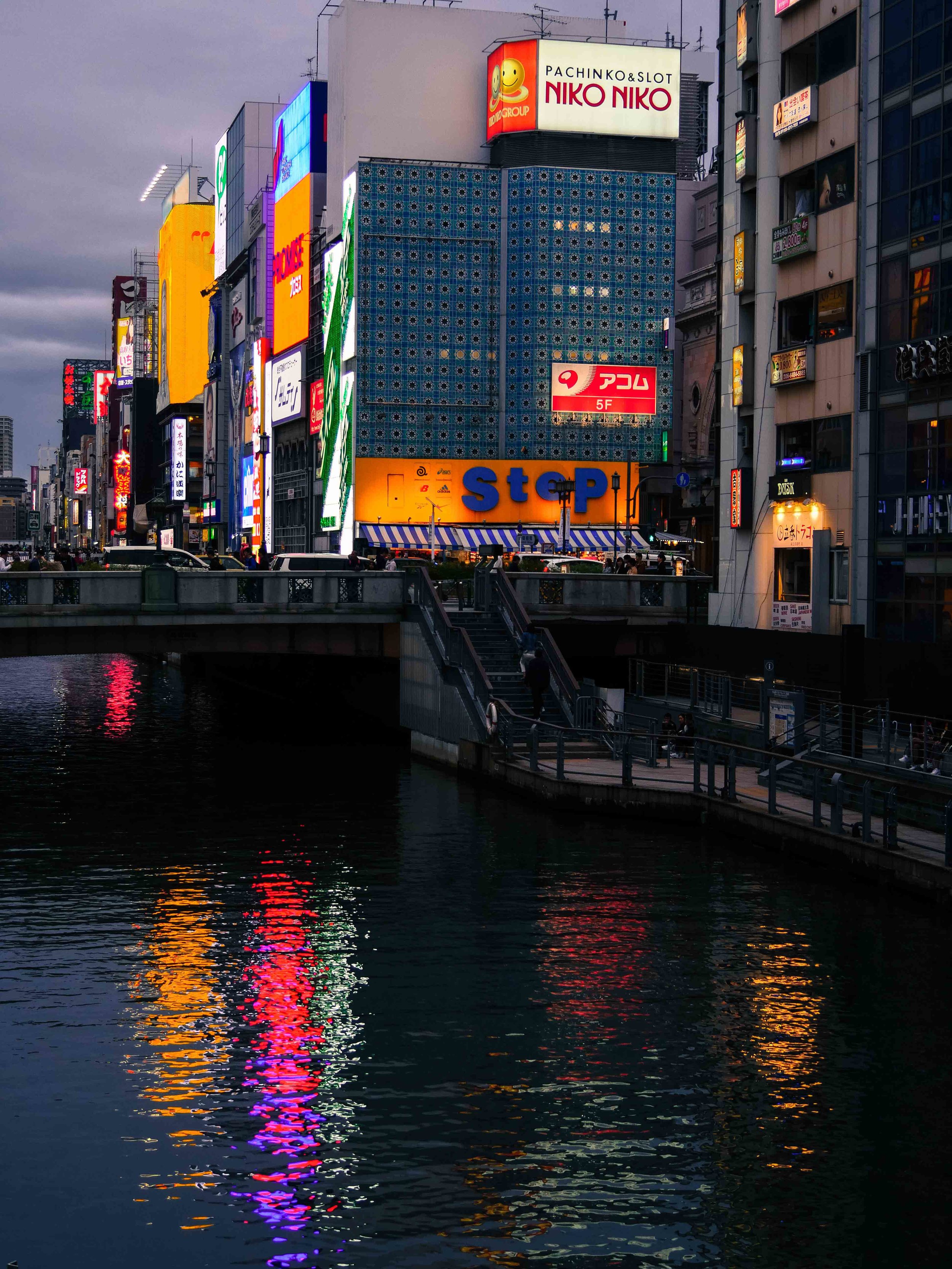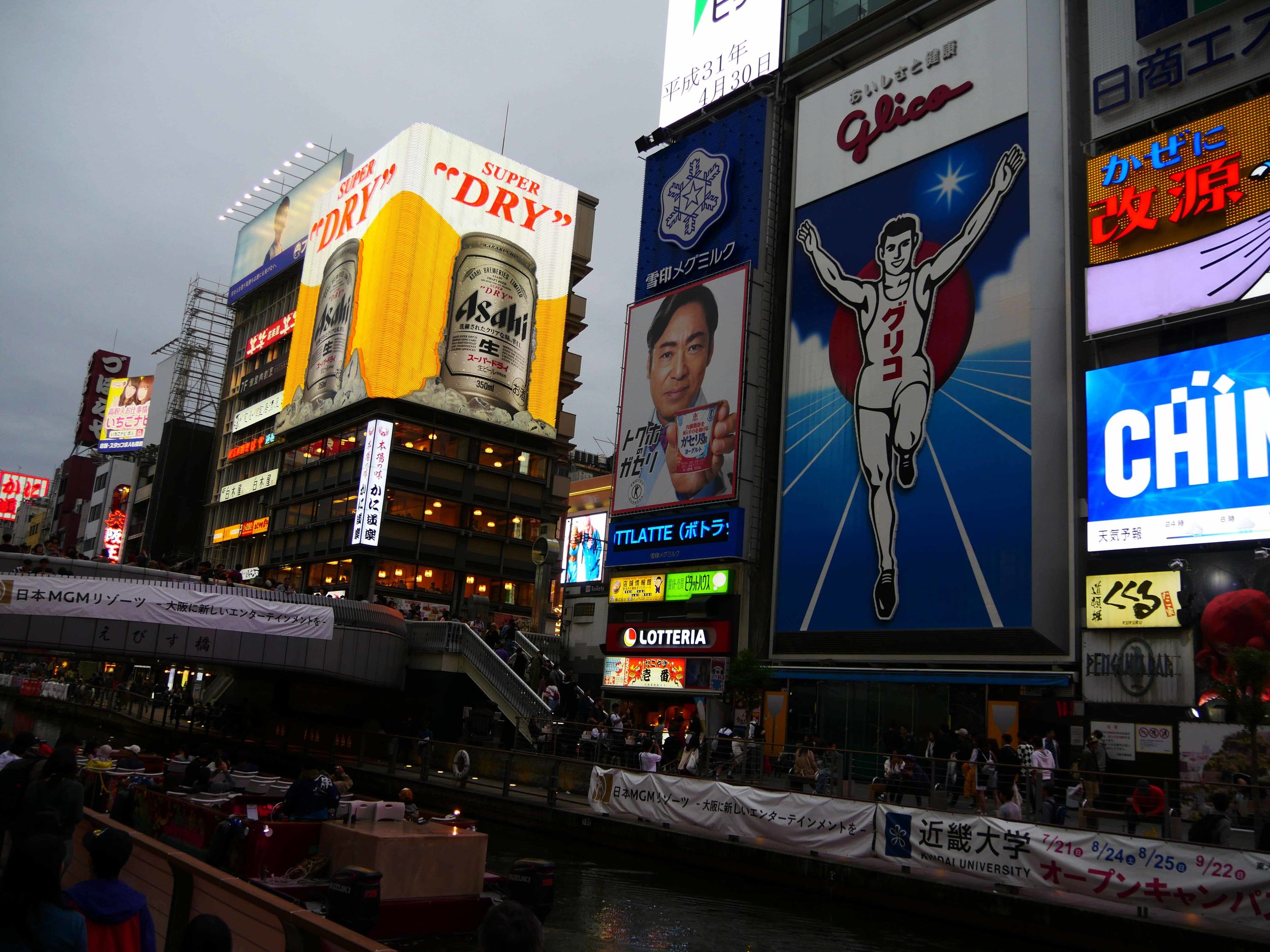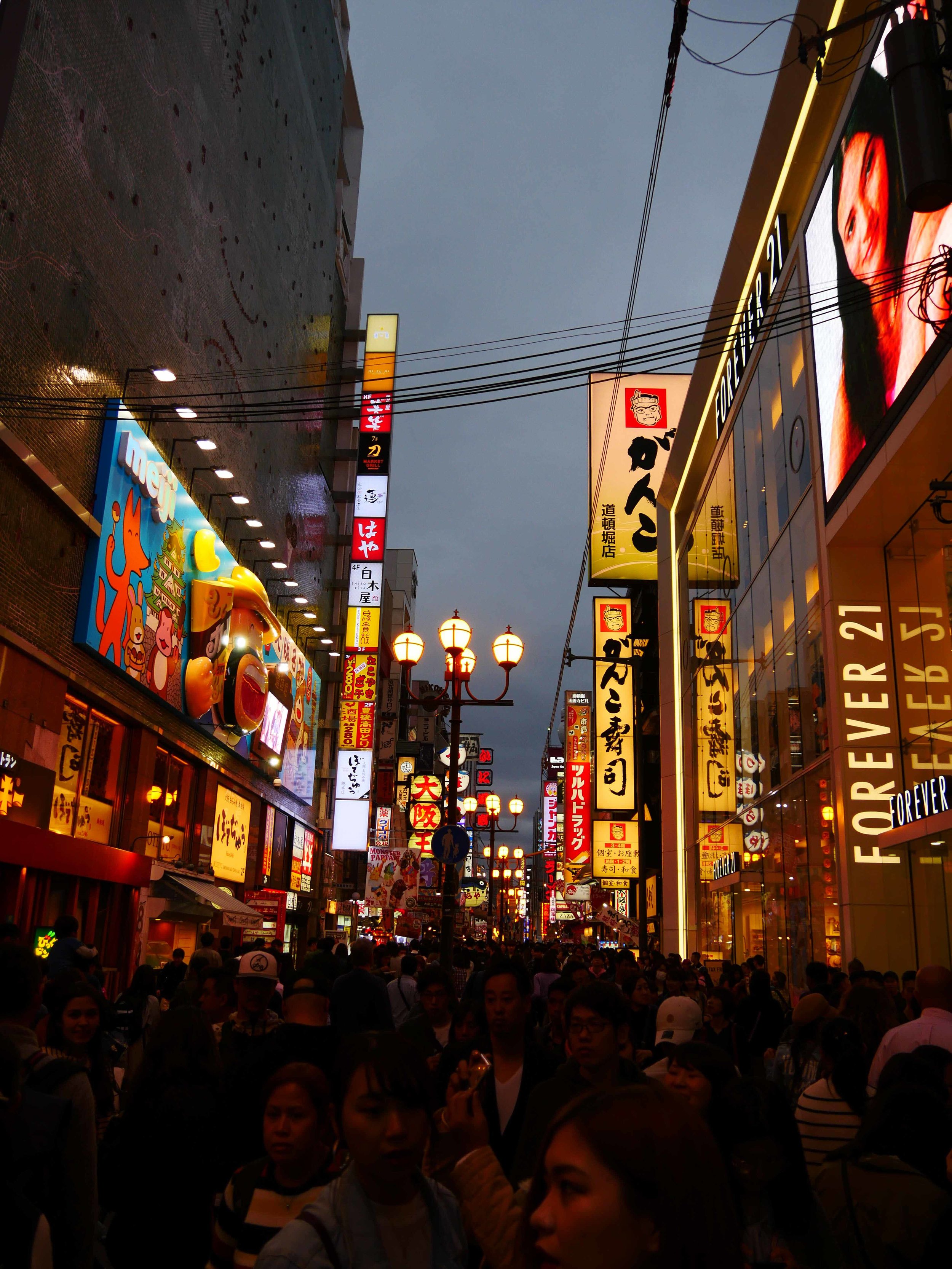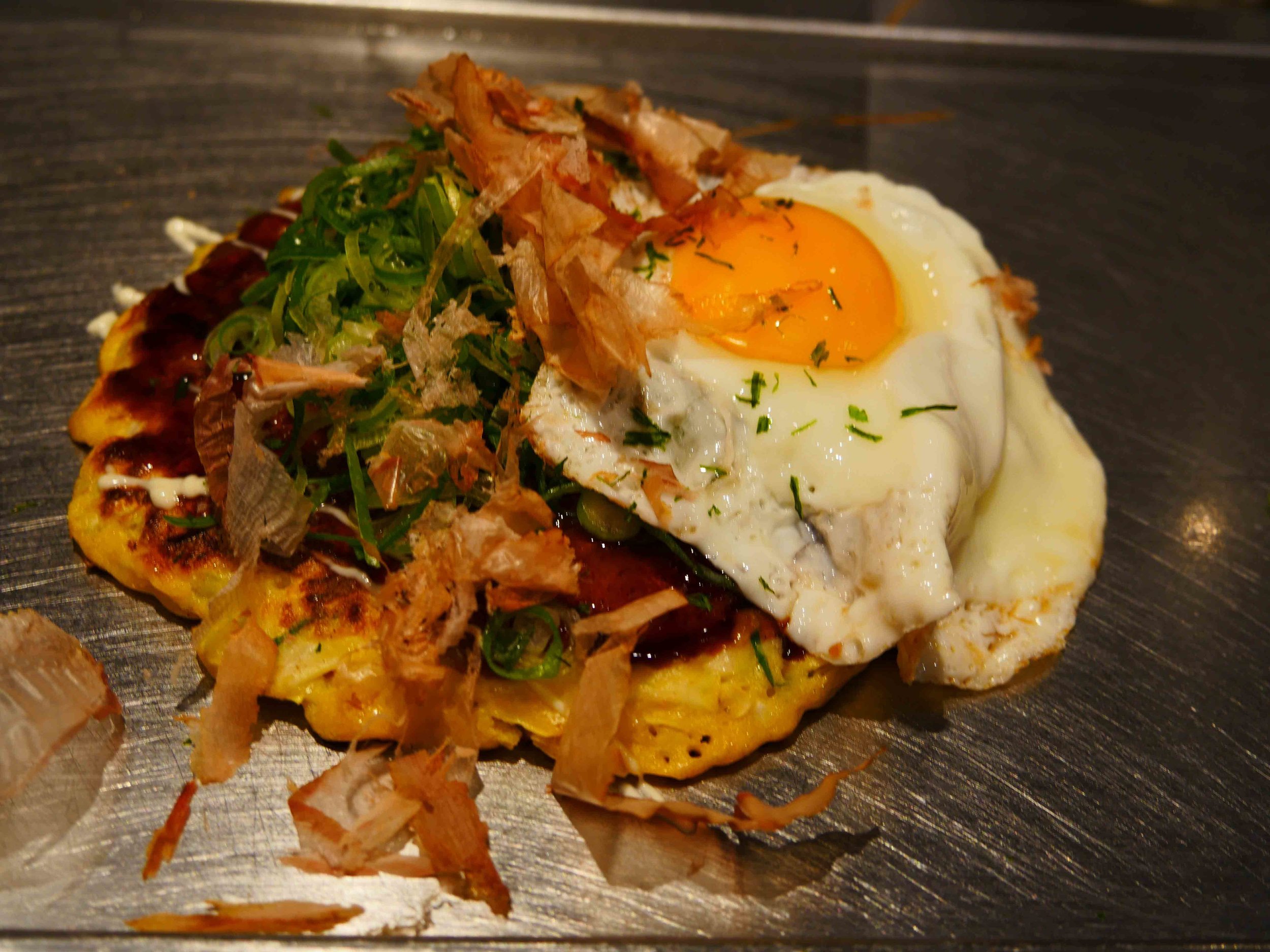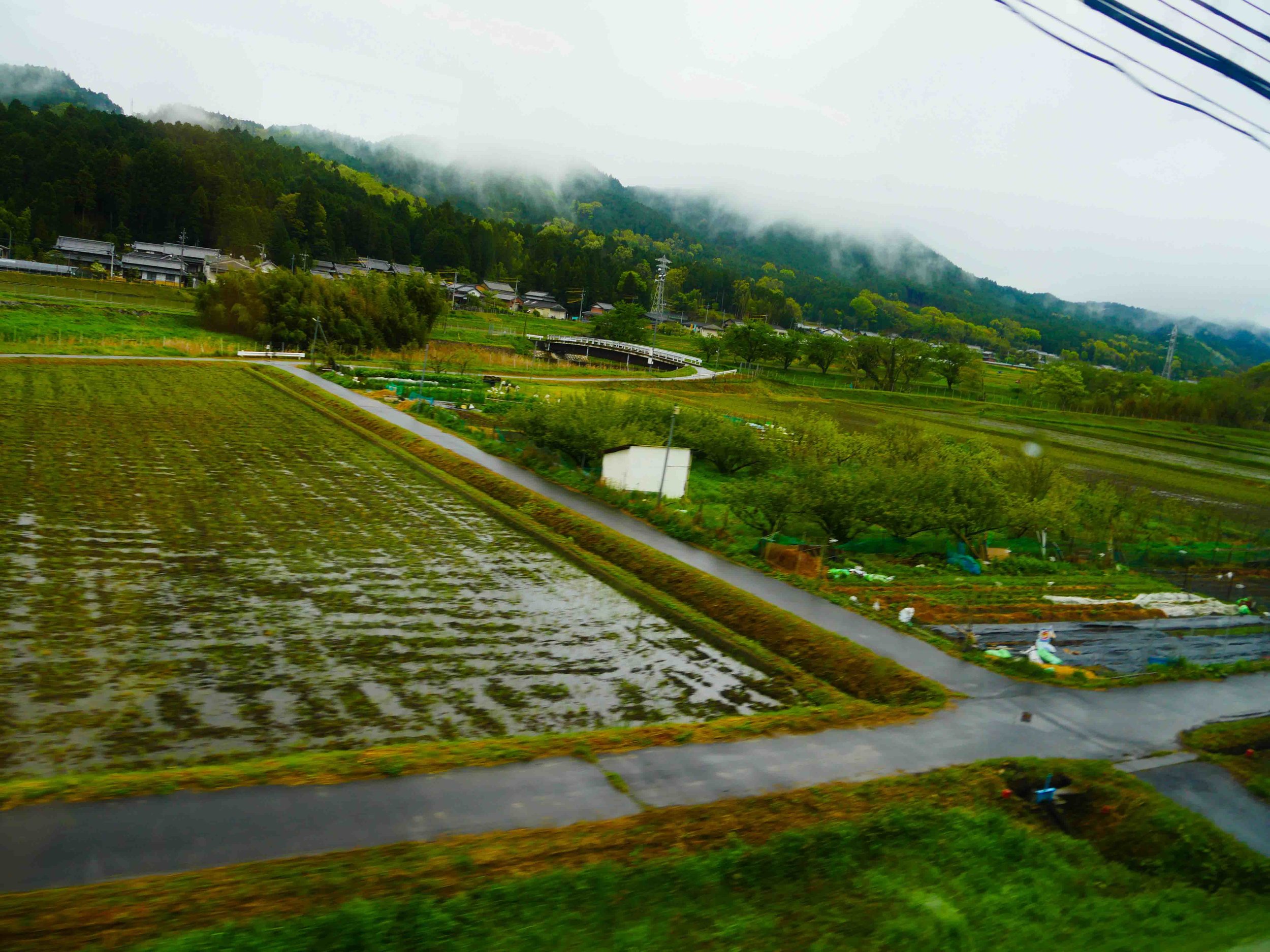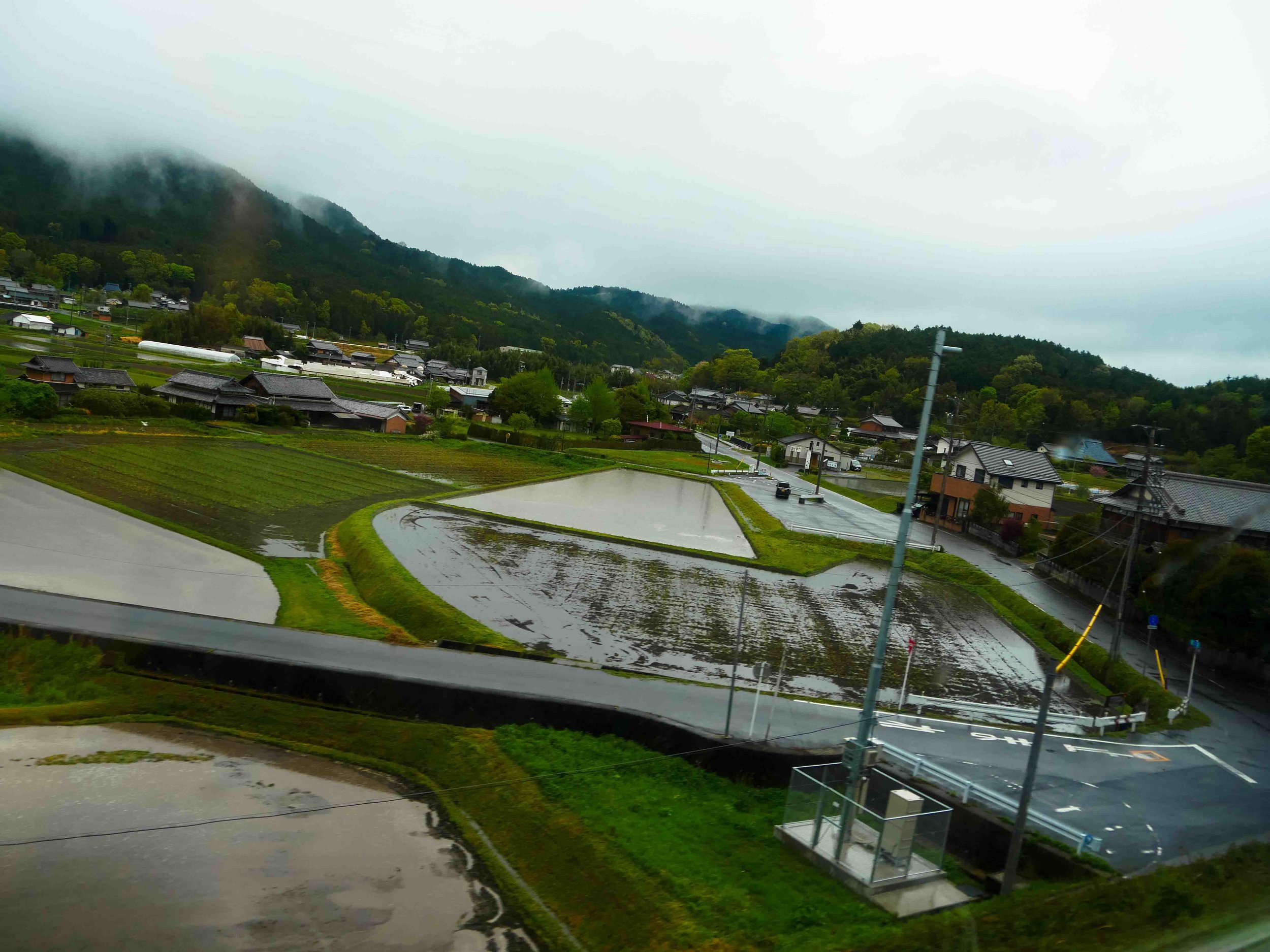second city
I know quite a lot of people who either grew up in Osaka or have lived there at some point of their lives, which is not surprising, given that it’s the second-largest city in the country. Most of these people, whenever the subject of Osaka comes up, seem to take a lightly (self-)deprecating approach, saying things like “It’s not worth visiting when you live in Tokyo”, “It’s not very pretty” or “I wouldn’t want to live there again”. This has made me feel very curious - are these people resolutely trying to keep the city’s charms a secret for some reason, or is it really that bad? There are a lot of stereotypes about Osaka - funny people, tasty food, a bit rough (for Japan, anyway). I made it this far without visiting, but one grey April morning, I finally found myself standing at Shin-Osaka station, eager to find out what the second city of Japan is really like.
I checked into my hostel - a very affordable place just around the corner from Osaka castle - and decided to visit the National Museum of Art, as Christian Boltanski’s ‘Lifetime’ retrospective was on. I thought this was a lucky coincidence, since I had just visited his ‘Archives du cœur’ heartbeat archive on Teshima and found it very interesting. The walk from the hostel to Nakanoshima, where the museum is located, was pretty uninspiring - a sea of drab concrete buildings. The museum itself looked quite cool, with its steel sails and subterranean exhibition spaces.
I had never heard of Boltanski until I went to Teshima, but he has had a long and interesting career. Born in France in 1944, he has been making art since the 1960s. A lot of his work is concerned with memory, historiography, death, genocide. In a way, it has quite an anthropological slant, examining the ways we remember, commemorate and forget. These are topics I also spend a lot of time thinking about, so I felt grateful for the opportunity to see this retrospective of his works.
On the floor above, there was an exhibition called “Image of something invisible”, described as a response to the Boltanski retrospective. This exhibition had quite a diverse and interesting range of works relating to the themes in Boltanski’s art. I liked many of the works, but the ones that stuck with me the most were Chiharu Shiota’s Try and Go Home and Mark Quinn’s Beauty and the Beast. Quinn is (in)famous for using unorthodox materials, such as the placentas and umbilical cords of his children or pints of his own blood, in his work; this sculpture, depicting his stepdaughter, has been painted with frozen blood acquired from a slaughterhouse. To be honest, I don’t have a fully-formed opinion on this artwork (intended as a depiction of the transition between innocence and the corruption of adulthood), but I do know it made pause.
While this supplementary exhibition was only held in Osaka, the Boltanski retrospective can still be viewed at the National Art Center in Tokyo until the 2nd of September.
After pondering death for a couple of hours, I had a cup of coffee in the museum café and went on a walk around Osaka.
I took the JR loop line down to Tennouji station, which is located beside the large Tennouji park. I had a supermarket-bought bento box in the park, filled with families. The 10-day Golden Week, marking the transition to the new Reiwa era, had just begun, and the crowds were quite thick in popular areas.
After having my lunch, I walked over to the Shinsekai area just around the corner. I was intrigued by the mixed reputation of Shinsekai, either noted as a must-see visitor attraction or an embarrassing stain on the map of Osaka. Symbolised by the Tsutenkaku tower, it's an entertainment district that was built in the Taisho era and then neglected, falling into a state of dilapidation in the post-war years. It’s still known as a ‘bad area’, with a concentration of seedy businesses, prostitution and homelessness. Several of the same people who have told me Osaka is not worth visiting have particularly emphasised that Shinsekai, and the southern parts of central Osaka in general, should be avoided. While it’s true that many social problems are more prevalent around Shinsekai than many other parts of Japan, I also feel that this rough reputation is largely exaggerated. In any case, it is a very peculiar visitor attraction.
I meandered up the street towards the unlit Tsutenkaku, taking in the vibrant colours and rusty buildings. About half the businesses seemed to be kushi-katsu skewer shops catering for tourists and school kids, interspersed with some seafood restaurants, massage parlours and arcades. Feeling a little bereft, I just kept walking up towards the new-new district of Shinsaibashi.
My walk took me through Nipponbashi, Osaka’s ‘electric town’ filled with shops selling electronics, games, anime/manga stuff, et cetera. I think it’s comparable to Akihabara in size and scope, but maybe a bit seedier - even before the electronics, I noticed a lot of ‘adult’ shops. Akihabara might have stuff like M’s, a multi-storey sex shop (which is actually quite pleasant and non-seedy inside), but Nipponbashi had a larger number of small adult shops, giving the district a different vibe.
From Nipponbashi, I crossed over to Namba/Shinsaibashi area, the modern commercial centre of Osaka. Because of Golden Week, it was extremely busy - I’m sure it’s always busy, but this was ‘Shibuya on New Year’s Eve’-level of busy, just getting squeezed in a mass of people.
I pushed through the main shopping street, very much regretting my decision to be there at that particular point in time. I found some relief from the crowds in Amerikamura just off the main stretch of Shinsaibashi. Amerikamura felt like Osaka’s answer to Shimokita - lots of vintage shops, cafés, record stores and such. It was probably the most Tokyo-like place I’ve visited so far outside Tokyo.
I had a very nice coffee at a place called LiLo Coffee Roasters and rested my feet before meandering through the rest of Amerikamura. Night was starting to fall, so I could finally appreciate the bright lights that would surely have made Shinsekai feel a little more like its glitzy former self, too.
I’m pretty sure that the Dotonbori river at night, with its Glico billboard and neon reflections, is the most iconic Osaka sight.
I wanted to have some okonomiyaki for dinner, as it’s one of Osaka’s signature dishes (alongside takoyaki), and picked a busy place called Chibo. To be honest, it was a bit of a letdown - the pancake was soggy, and the dish tasted blander than it should have. Maybe these places alongside the main shopping streets are resting on their reputation a little bit, since I’ve had a lot better okonomiyaki outside Osaka. Nevertheless, it gave me the energy to walk back to the hostel.
On the way, I stopped by another Osaka curiosity - a Tamade supermarket. This chain is known for being impressively garish and cheap. One of my favourite bands, Suiyoubi no Campanella, often throws the audience some signature thing of the city they’re performing at - in Osaka, they chose to pelt the audience with 1-yen deep-fried tofu sheets from Tamade (this is a story that fills me with cheer for some reason). I just picked up some barley tea.
The next morning, I left the city for the greenery of Mie prefecture, watching rice fields and misty hills roll by from the Kintetsu Ltd. Express train window.

